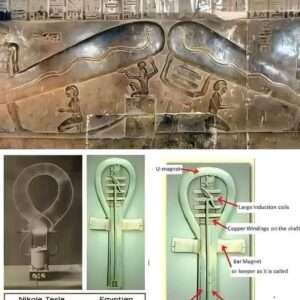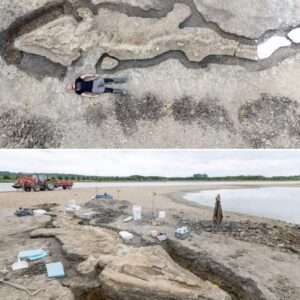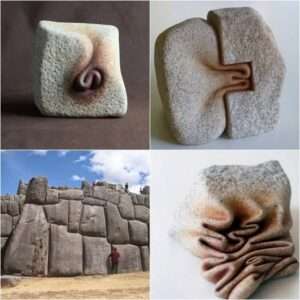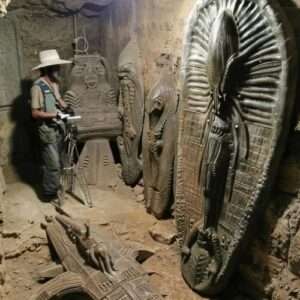In 2015, archaeologists uncovered a remarkable discovery in the Champagne region of France—a lavishly furnished tomb that belonged to a Celtic prince dating back to the 5th century BC. Despite the absence of inscriptions or written records explicitly identifying the prince, the opulence of the burial site indicates his significant power and status in Celtic society. This extraordinary find, located in Lavau, revealed a trove of artifacts providing a rare glimpse into the wealth and influence of the ancient Celtic elite.
The prince was laid to rest with a chariot, surrounded by a collection of treasures that included an exquisitely decorated bronze cauldron, pottery from both Greek and Etruscan origins, and a golden torc, symbolizing Celtic royalty at its finest. Of particular note was a distinctive 5-foot-wide bronze cauldron adorned with the likeness of the Greek river god Achelous, distinguished by its prominent, exaggerated horns.

This cauldron, likely imported from Greece or Etruria, was likely utilized ceremonially for feasts or rituals involving the consumption of wine—a luxurious commodity among the Celtic people. These findings underscore the Celts’ extensive trade networks, showcasing their significant role in early European history and their ability to forge connections with Mediterranean cultures.
The discovery of this tomb not only illuminates the burial customs and artistic craftsmanship of the era but also solidifies the sophisticated status of Celtic tribes during the Iron Age. The intricate artifacts found within the tomb speak to a society of great wealth and cultural exchange, challenging previous perceptions of the Celts and highlighting their importance in the broader historical narrative.
In conclusion, the lavishly furnished tomb of the Celtic prince in Lavau stands as a testament to the opulence and prestige of ancient Celtic elites. Through the artifacts unearthed at this site, we gain valuable insights into the trade connections, cultural exchanges, and social hierarchies of the Celtic people during a pivotal period in European history. This discovery serves as a reminder of the rich and complex tapestry of the past, urging us to delve deeper into the mysteries of our shared human heritage.





